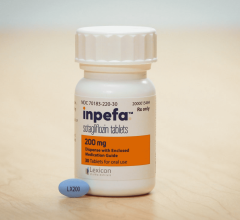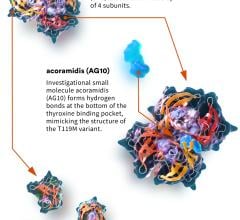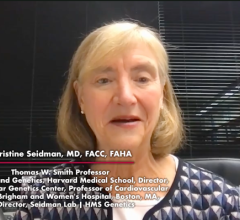July 13, 2010 – AstraZeneca recently announced that the U.S. District Court has found that the substance patent protecting Crestor is valid and enforceable. In its ruling, the court found that no inequitable conduct was committed by any Shionogi employee. The court also held the '314 patent to be non-obvious and properly reissued.
The judge’s subsequent entry of judgment will preclude the FDA from issuing final approvals for the defendants’ Abbreviated New Drug Applications (ANDAs) prior to the expiration of the '314 patent in 2016. The judge also held that Apotex USA was liable as a submitter and is therefore bound to the court’s decision.
Beginning in 2007, nine generic drug manufacturers filed ANDAs along with Paragraph IV certifications of non-infringement, invalidity, or unenforceability with respect to the Crestor patents. AstraZeneca and Shionogi (the owner of the '314 patent) filed patent infringement suits against eight manufacturers (various parent or subsidiary entities of Apotex, Aurobindo, Cobalt, Mylan, Par, Sandoz, Sun and Teva) who had challenged the '314 substance patent. The '314 patent, which expires in 2016, covers rosuvastatin calcium, the active ingredient in Crestor.
These suits were consolidated by order of the Judicial Panel on Multidistrict Litigation and tried in the U.S. District Court, District of Delaware. Trial commenced on February 22, 2010 and ended on March 3, 2010.


 July 10, 2024
July 10, 2024 








